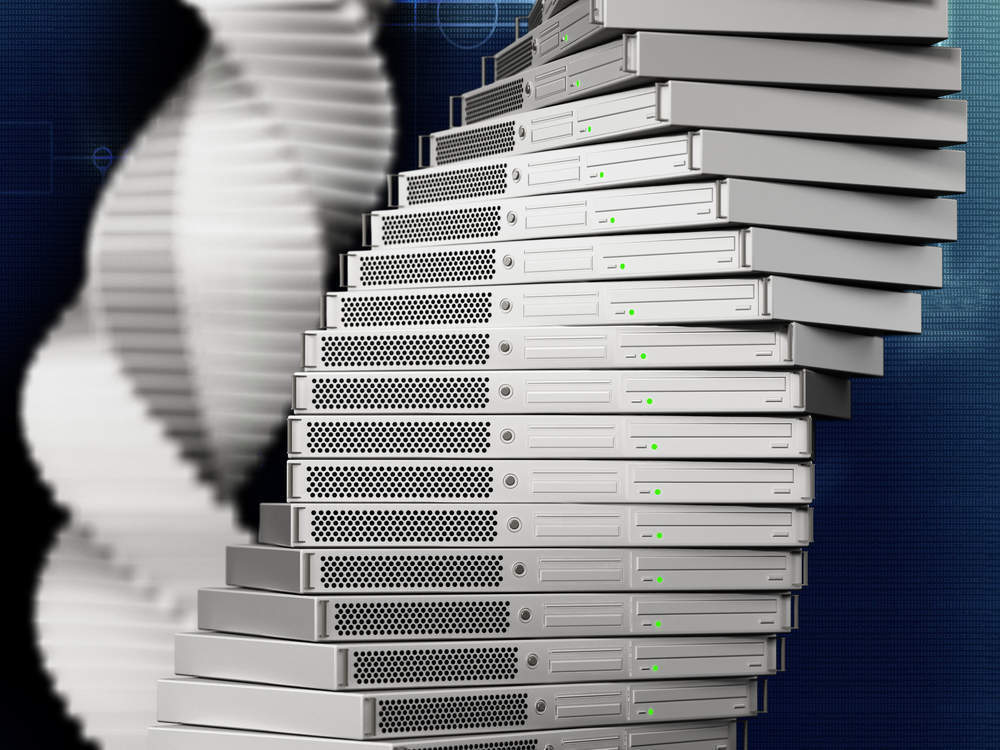A recent breakthrough by Microsoft and scientists from the University of Washington means that the possibility of DNA data storage could become a reality sooner rather than later.
The breakthrough centred on so-called called random access, a technique for selectively retrieving specific data files from DNA storage.
Technology companies are exploring DNA as one potential solution to the challenge of how to store rising volumes of digital data generated by smartphones, tablets and a myriad of internet-connected things.
Although random access has been used successfully with DNA storage in the past, Microsoft and its fellow researchers have begun to apply the technique at scale, encoding a new record of some 200 Megabytes of digital data to synthetic DNA.
While the ability to shrink computer memory is already reaching its physical limits, existing storage technologies – including magnetic tape, disk drives, and flash memory – will struggle to keep up with rapidly expanding storage requirements.
The attractions and benefits of DNA as a medium for digital data storage include its longevity – DNA lasts 1000 times longer than silicon – and the amount of storage density offered – a single cubic millimetre of DNA can hold a quintillion of bytes of data.
How well do you really know your competitors?
Access the most comprehensive Company Profiles on the market, powered by GlobalData. Save hours of research. Gain competitive edge.

Thank you!
Your download email will arrive shortly
Not ready to buy yet? Download a free sample
We are confident about the unique quality of our Company Profiles. However, we want you to make the most beneficial decision for your business, so we offer a free sample that you can download by submitting the below form
By GlobalDataDNA data storage works by taking digital content that is normally stored using a binary code of 0s and 1s, and converting it into the genetic code of As, Cs, Gs, and Ts that make up DNA’s chemical building blocks.
The converted DNA code is then used to produce synthetic strands of DNA, which can be put into cold storage.
Whenever required, the DNA strands can be removed from cold storage and their information decoded using a standard DNA sequencing machine. The DNA sequence is then translated back into binary format.
DNA data storage is still far from commercial adoption
Despite its attractions, DNA data storage continues to present several challenges and barriers to commercial adoption.
These include the cost of delivering the necessary technology, which needs to fall by factor of 10 before reaching the point of viable widespread adoption.
They also include the slow speed at which digital data is converted to DNA and the filed DNA code sequenced and decoded back into digital format.
A further challenge centers on the process of finding and retrieving specific files stored on DNA.
Microsoft’s recent breakthrough with random access helps to address this latter challenge, by making it easier to selectively retrieve specific files from data storage and mitigating the need to sequence and decode an entire dataset when only part of it is required.
Microsoft remains one of the most committed proponents of DNA data storage.
In addition to its work on improving the production of synthetic DNA, and its ongoing research into ways of addressing key adoption challenges, Microsoft has announced plans to have a fully operational DNA-based storage system running within one its data centres by the end of this decade.








Related Company Profiles
Microsoft Corp